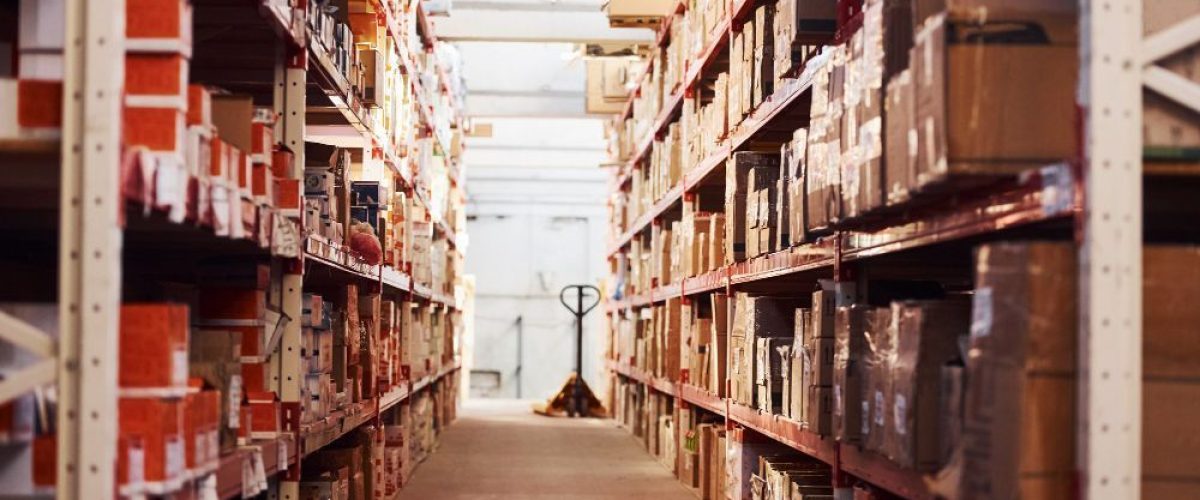Now that Amazon has made liability insurance for Amazon sellers mandatory, online business owners are beginning to understand the real risk associated with their business and that liability insurance coverage for Amazon sellers is, well, actually a good thing.
Many don’t want to consider the unlikely (but possible) event that one of their products can fail or malfunction and cause injury to their customers. These products can fail due to tampering, contamination or design flaws. It has happened to small companies as well as mega stars, who then had to make mega recalls, which most small online businesses cannot recover from.
Why is product insurance beginning to be a thing?
Once a product is defective – your business is held accountable and can ultimately be brought to ruin. Defects can occur due to:
- The company’s designers
- The vendors who provide your materials
- The manufacturers
- The distributors who ship the product to your customer.
If either of the above are responsible for the defective product – you, the captain of your ship, are held accountable.
You may think that your product specifically is harmless therefore safe – but soaps can have an allergic reaction to some customers, machines can explode and toys, even those that seem innocent, can actually turn out to be dangerous. Amazon insurance benefits can be the lifeboat to your business.
Related article: What are Amazon’s liability insurance requirements?
What’s the difference between general and product liability?
It’s important to first be aware how important insurance can be as a tool and second – to know exactly which insurance coverage is right for your product, so you are covered from all angles. Most companies suggest a general Amazon liability insurance which is a great start. This policy includes slips and falls, slander, and damage to others’ property. For example, if one of your vendors gets injured by a loose hose in the garden or has a slip and fall injury in one of your warehouses, you’re covered.
Most will explain that general liability policies already cover product liability (as it covers bodily injury) but these are not one-size-fits-all claims. Product liability insurance is specially designed for your product. The additional coverage covers many things that the general liability policy alone does not.
Some product recall claims can get as high as $1,500,000, however most general liability insurance policies have a per-occurrence limit of $1,000,000, as per Amazon liability insurance requirements. So it’s best to use your general liability insurance policy for the smaller, more common claims.
What types of product liability claims are there?
Oh, we can talk about this at length! But let’s sum up a few claims that give you an idea of why it’s good to be covered in all directions. See, the thing is, you can’t control your product. There are many causes “beyond your control” that can create a defect in your product. The three main reasons:
1. Product Defect – No matter the nature of your product, a mistake in manufacturing can lead to a product malfunction, injuring or even killing a customer, leading to a product defect claim. This can also happen due to testing companies who tested your product improperly. For example: Toyota Motors agreed to pay $1.1 billion to settle a class-action suit by car owners who claimed they suffered economic loss because of unintended acceleration in their cars. And it doesn’t only happen to car manufacturers. Here’s a report on toys that caused death to children between 2015-2017.

2. Design Defects
In The Beginning… before the manufacturing and marketing – there was design. Each one of the three is crucial, and if a product isn’t designed well or tested properly, it is a recipe for defect. Flawed designing is a domino effect leading to disaster which compromises the wellbeing of your customers. For instance, toys designed with easily accessible small parts that can cause a child to choke, furnaces and fireplaces can emit carbon monoxide and some products can emit carcinogenic ingredients or explode. Sometimes the company already knew about these fallacies when they were manufactured. Your product can be deemed dangerous in court and you will be liable.
3. Marketing Flaws – Even if your marketing campaigns are as clean as a whistle and honest as Abe, it doesn’t mean all your vendors follow suit. A substance that is not mentioned can be dangerous or have an allergic effect and you will be responsible.
Additional examples for product claims:
4. Extortion and intentional tampering – A disgruntled employee can tamper with your product intentionally and cause harm to your customer or your customer’s home. The tampering employee usually does this for extortion or just plain bitterness. This happens a lot in the alcoholic, food and pharmaceutical industry. Some employees are just out to get you and tarnish your reputation.
5. Contamination – Accidental contamination can happen when a production line worker is sick, or some of the ingredients are either missing or when a substance like a bandaid, nail or knife is accidentally mixed in. This can even happen in chocolate, or in the case where a woman found a razor in a dog’s stuffed animal. Luckily, the dog is fine!
6. Mislabeling – This goes, mainly, to all your clients who have allergies. If some ingredients are not listed on a product and a consumer suffers an allergic reaction, a claim can follow which eat tens and thousands of your dollars, not to mention the extra budget spent relabeling all your products
We have created a simple way to discern between the two:
General
- Mandatory for Amazon
- What does it cover? Simple claims only such as: slips and falls, false advertising, slander, and damage to others' property.
- Has a per-occurrence limit of $1,000,000
- Best kept for small claims
Product
- Mandatory for Amazon
- What does it cover? Covers your product specifically as well as injuries that general liability doesn't cover.
- Over $1,500,000 (Most product liability costs range around there)
- Best kept for larger claims.
I already have General Liability insurance. Do I also need a Product Liability policy?
Hell, yes.
Whatever your online business is selling, having both insurance policies is a must, to ensure that you are insured to the max, with no gaps in coverage, no stones left unturned.
Product Liability can frequently be included in the general liability insurance for Amazon sellers, depending on the insurance company policies. So make sure you do your due diligence when choosing your insurance company.
How much more will Product Liability cost me?
You may be thinking, why should I get product liability insurance in addition to my general liability? “Additional” always means “additional” cost to any regular Amazon seller liability insurance cost you may already have. Well – the good news is that product liability insurance is actually very affordable, especially when these extra few bucks a month can be your raft to the safety of your business, and not its drowning.
The pricing of your policy depends on:
- The type of product you are selling (food and pharmaceuticals will be a higher cost, which means having this insurance is imperative)
- If you are selling import or export
- How long your company has been in existence
- Prior claims
- Coverage limits, including deductibles
Conclusion:
“You…complete me…”
At the end of the day, general and product liabilities complete each other. Even if you are selling something harmless, there are many probabilities that can turn your product to destructible. Having a product liability helps you sleep well at night, and that sleep alone is worth the investment.



